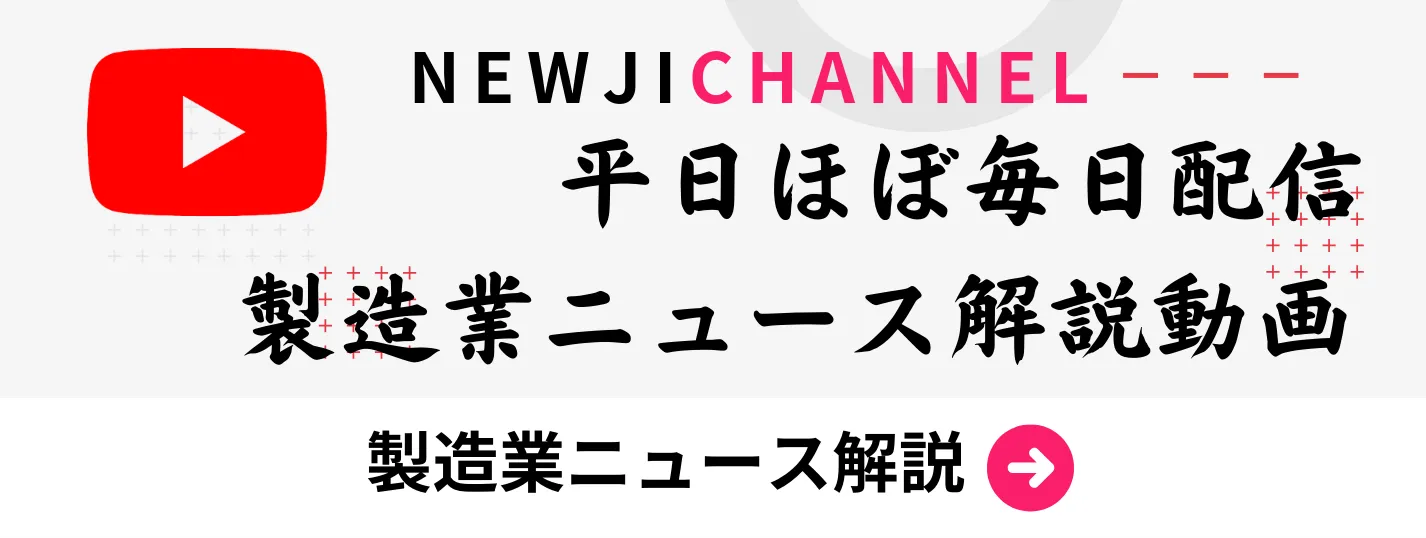- お役立ち記事
- Practical examples of improving work efficiency with “Purchasing KPI”
月間76,176名の
製造業ご担当者様が閲覧しています*
*2025年3月31日現在のGoogle Analyticsのデータより

Practical examples of improving work efficiency with “Purchasing KPI”

目次
Understanding Purchasing KPI
Purchasing Key Performance Indicators (KPIs) are crucial metrics used by organizations to measure the efficiency and effectiveness of their purchasing processes.
These KPIs offer a quantitative evaluation of various aspects of the purchasing activities, helping businesses optimize their supply chain and reduce costs.
By closely monitoring purchasing KPIs, companies can gain valuable insights and make informed decisions.
In this article, we will explore practical examples of how businesses can improve work efficiency using purchasing KPIs.
Why are Purchasing KPIs Important?
Purchasing KPIs provide a clear view of the procurement process, enabling businesses to identify areas for improvement.
They help in tracking performance against set objectives and facilitate better resource allocation.
Additionally, these KPIs encourage goal alignment across departments, ensuring everyone is working towards common objectives.
Through effective analysis, businesses can enhance supplier relationships, minimize risks, and achieve cost savings.
Common Purchasing KPIs
Understanding the essential purchasing KPIs is the first step toward improving efficiency.
1. **Purchase Order Cycle Time:** This measures the time taken from initiating a purchase requisition to the final approval of the purchase order.
Shorter cycle times indicate more efficient processes.
2. **Cost Savings:** This KPI assesses the difference between the initial quoted price and the final negotiated price, showcasing the effectiveness of cost management efforts.
3. **Supplier Lead Time:** The time a supplier takes to fulfill an order impacts inventory levels and overall operational efficiency.
4. **Supplier Compliance Rate:** This measures how well suppliers adhere to agreed terms and conditions, ensuring reliability and quality.
5. **Inventory Turnover Ratio:** This evaluates how often inventory is sold and replaced over a period, indicating the effectiveness of inventory management.
Improving Efficiency with Purchasing KPIs
Now that we understand the importance of purchasing KPIs, let’s explore practical ways to leverage them for improved efficiency.
Streamlining Procurement Processes
One of the primary benefits of monitoring purchasing KPIs is identifying bottlenecks in procurement processes.
By analyzing the Purchase Order Cycle Time, organizations can pinpoint delays in approvals or order processing.
Addressing these issues may involve automating workflows, reducing manual paperwork, or enhancing communication systems.
Such improvements lead to faster purchase order approvals and a more agile procurement process.
Enhancing Supplier Management
Purchasing KPIs are invaluable tools for evaluating supplier performance.
Keeping track of Supplier Lead Time and Supplier Compliance Rate allows businesses to identify reliable partners and address performance issues promptly.
Organizations can negotiate better terms, request performance improvements, or even switch suppliers if necessary.
Developing strong supplier relationships ensures timely delivery and consistent quality of goods and services.
Optimizing Inventory Levels
Effective inventory management is essential for minimizing holding costs and avoiding stockouts.
With the help of the Inventory Turnover Ratio, businesses can adjust their ordering patterns and manage inventory levels more effectively.
High turnover rates indicate efficient inventory management while low rates suggest overstocking or slow-moving items.
Regularly reviewing this KPI helps businesses strike the right balance between meeting demand and minimizing excess inventory.
Leveraging Data for Cost Savings
Cost Savings is a critical KPI for evaluating the effectiveness of procurement cost management.
Regularly reviewing and analyzing this KPI can uncover patterns in supplier pricing, helping businesses identify cost reduction opportunities.
Companies can also identify strategies to enhance negotiation techniques, consolidate suppliers, or explore alternative sourcing options.
Achieving cost savings contributes directly to the bottom line, allowing resources to be reallocated to other critical areas.
Implementing a Robust KPI Monitoring System
To make the most of purchasing KPIs, businesses must implement a comprehensive system for monitoring and analyzing these metrics.
Setting Clear Objectives
Begin by setting clear, measurable objectives for each procurement process.
Clearly defined goals guide the focus and align efforts across the organization.
For example, you may aim to reduce purchase order cycle time by 20% in the next quarter or achieve 95% supplier compliance.
Data Collection and Analysis
Accurate data collection is essential for analyzing purchasing KPIs effectively.
Organizations must integrate technology solutions such as Enterprise Resource Planning (ERP) systems or e-procurement platforms to gather real-time data.
Analyzing this data helps identify trends and deviations, enabling proactive decision-making.
Performance Reviews and Continuous Improvement
Regularly review performance against set KPIs to evaluate progress and identify areas for improvement.
Encourage collaboration among team members to brainstorm solutions and address challenges.
Foster a culture of continuous improvement by celebrating achievements and learning from setbacks.
Conclusion
Purchasing KPIs offer valuable insights into the procurement process, helping businesses enhance efficiency and effectiveness.
By understanding and utilizing these metrics, organizations can streamline procurement processes, optimize inventory levels, enhance supplier relationships, and achieve cost savings.
Implementing a robust KPI monitoring system empowers businesses to make data-driven decisions and drive continuous improvement.
By focusing on these practical examples, your organization can harness the power of purchasing KPIs to achieve operational excellence and stay competitive in today’s rapidly evolving marketplace.
 資料ダウンロード
資料ダウンロード
QCD管理受発注クラウド「newji」は、受発注部門で必要なQCD管理全てを備えた、現場特化型兼クラウド型の今世紀最高の受発注管理システムとなります。
 ユーザー登録
ユーザー登録
受発注業務の効率化だけでなく、システムを導入することで、コスト削減や製品・資材のステータス可視化のほか、属人化していた受発注情報の共有化による内部不正防止や統制にも役立ちます。
 NEWJI DX
NEWJI DX
製造業に特化したデジタルトランスフォーメーション(DX)の実現を目指す請負開発型のコンサルティングサービスです。AI、iPaaS、および先端の技術を駆使して、製造プロセスの効率化、業務効率化、チームワーク強化、コスト削減、品質向上を実現します。このサービスは、製造業の課題を深く理解し、それに対する最適なデジタルソリューションを提供することで、企業が持続的な成長とイノベーションを達成できるようサポートします。
 製造業ニュース解説
製造業ニュース解説
製造業、主に購買・調達部門にお勤めの方々に向けた情報を配信しております。
新任の方やベテランの方、管理職を対象とした幅広いコンテンツをご用意しております。
 お問い合わせ
お問い合わせ
コストダウンが利益に直結する術だと理解していても、なかなか前に進めることができない状況。そんな時は、newjiのコストダウン自動化機能で大きく利益貢献しよう!
(β版非公開)









